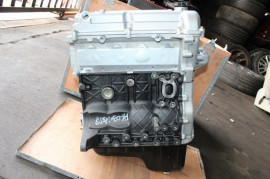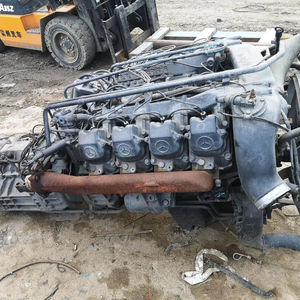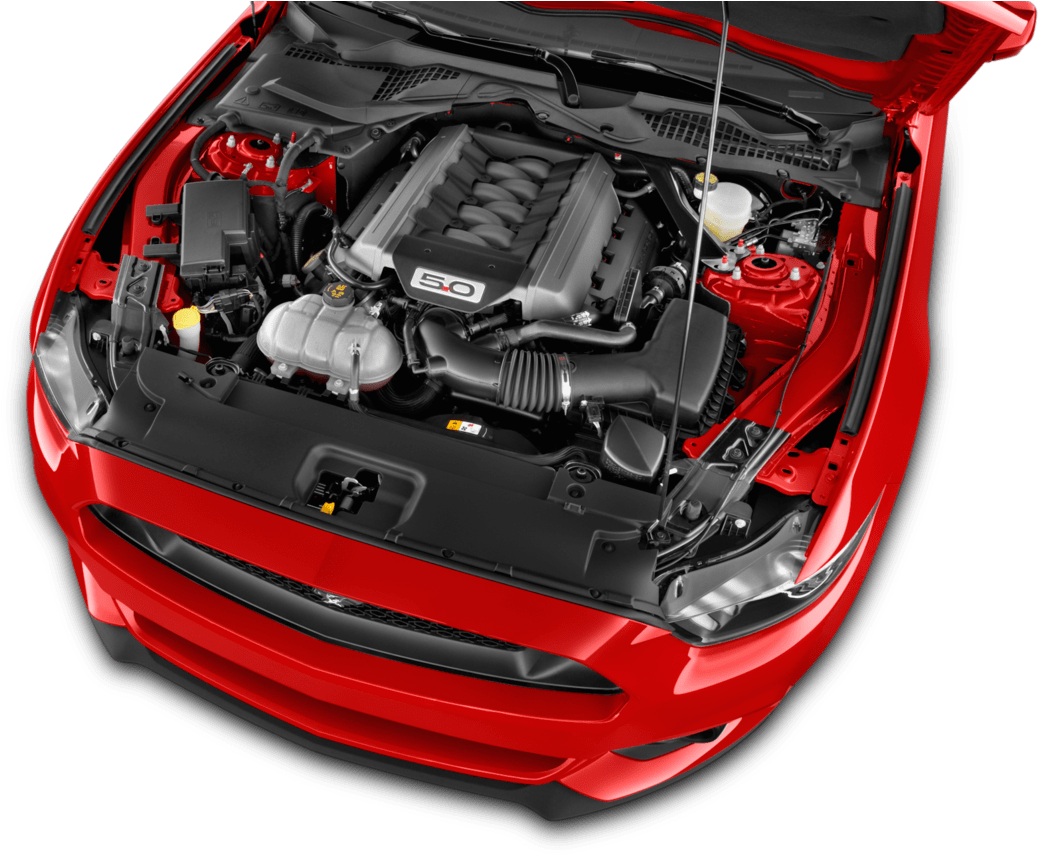Upgrade Your Lorry with a New Opel Corsa Engine
Upgrade Your Lorry with a New Opel Corsa Engine
Blog Article
Discovering the Inner Workings of a Compact Lorry's Engine System
As motorists, we frequently take for provided the elaborate procedures that happen within the boundaries of our vehicle's engine system. In this expedition of a portable car's engine system, we will decipher the internal workings of this mechanical harmony, shedding light on the secrets that drive us forward on our daily trips.
Combustion Refine Summary
The burning process in a portable vehicle's engine system is an important mechanism that effectively transforms gas right into power to power the lorry. This process occurs within the combustion chamber of the engine, where gas and air mix, fire up, and create regulated explosions. The combustion process includes four main phases: consumption, exhaust, power, and compression.
Throughout the consumption stage, the piston moves downward, reeling in a blend of air and fuel right into the combustion chamber. The following stage, compression, involves the piston moving upwards, compressing the air-fuel combination to enhance its effectiveness. Subsequently, in the power phase, the ignition system ignites the compressed blend, resulting in a fast development of gases that requires the piston pull back. This downward activity generates the power required to drive the vehicle. Lastly, in the exhaust phase, the scorched gases are gotten rid of from the burning chamber with the exhaust shutoff, preparing the chamber for the following cycle. This cyclic combustion process is basic to the procedure of a compact vehicle's engine system, making sure effective energy conversion for propulsion.
Piston and Cyndrical Tube Communication

The piston's specific fit within the cyndrical tube is vital for preserving optimum compression and avoiding energy loss during burning. Limited clearances in between the piston and cyndrical tube wall surfaces ensure efficient sealing, enabling the piston to move smoothly without allowing gases to leak past. Appropriate lubrication is likewise crucial to decrease rubbing and use between these elements, enhancing longevity and efficiency.
In addition, the layout and products utilized in producing the piston and cylinder impact engine performance and longevity. Modern engines usually employ light-weight yet sturdy products like aluminum alloys for pistons and cyndrical tube liners to reduce inertia and boost thermal performance. Generally, the unified interaction in between the piston and cylinder is fundamental to the engine's capability and general efficiency.
Gas Injection System Capability
Fuel injection systems in portable vehicle engines play a critical function in specifically providing fuel to the combustion chamber for efficient and regulated ignition. The fuel injection system operates by injecting gas useful link right into the combustion chamber at the optimum moment throughout the engine's operation (opel corsa engine). This precise timing makes certain that the fuel mixes uniformly with the air for proper combustion, resulting in boosted fuel effectiveness and minimized emissions
There are primarily 2 sorts of gas shot systems used in small automobile engines: port gas shot (PFI) and direct gas shot (DFI) PFI systems infuse gas into the intake port before the consumption shutoff, while DFI systems inject fuel directly right into the burning chamber. Both systems have their benefits, with DFI providing much better gas atomization and PFI supplying an extra cost-effective service.
Understanding Engine Air Conditioning Devices
Efficient operation of a portable vehicle's engine relies greatly on the efficiency of its cooling devices. Engine air conditioning is vital to prevent overheating, which can lead to significant damages and reduced efficiency. The cooling system in a compact lorry normally contains several parts working together to control the engine temperature level. One critical part is the radiator, which utilizes coolant to soak up heat from the engine. As the hot coolant flows with the radiator, it releases warmth into the air, cooling off prior to returning to the engine. The water pump flows the coolant through the engine and radiator, ensuring a consistent flow to control temperature level. Additionally, the thermostat helps control the coolant circulation to keep optimum engine temperature. Some automobiles additionally have cooling down fans that trigger when added cooling is required, such as throughout rush hour or heat. Recognizing these engine cooling mechanisms is essential for keeping the efficiency and longevity of a small automobile's engine system.

Exhaust System Components Explained
The ideal performance of a small lorry's engine cooling devices depends on a corresponding system recognized as the exhaust system, which comprises various vital parts for making certain effective exhausts and engine performance. The exhaust system consists of components such as the exhaust manifold, catalytic converter, muffler, and tailpipe. The exhaust manifold collects exhaust gases from the engine's routes and cylinders them to the catalytic converter. The catalytic converter then converts hazardous toxins in the exhaust right into less dangerous discharges prior to launching them with the muffler and tailpipe.
One essential element of the exhaust system is the oxygen sensor, which checks the oxygen degrees in the exhaust gases to aid control gas consumption and ensure optimal engine performance. opel corsa engine. In addition, the resonator might exist in some exhaust systems to reduce noise levels. On the whole, the exhaust system plays a vital duty in keeping engine effectiveness, decreasing unsafe exhausts, and guaranteeing look at this site a quieter driving experience for compact lorry proprietors

Final Thought
To conclude, the portable automobile's engine system is a complicated combination of components that function together to facilitate the combustion procedure, convert gas into power, and eliminate waste gases. Recognizing the internal workings of the engine system, consisting of the piston and cylinder communication, fuel shot system, engine air conditioning devices, page and exhaust system components, is essential for keeping optimal efficiency and effectiveness of the lorry.
The burning process in a portable car's engine system is an important mechanism that successfully transforms gas into power to power the vehicle.Gas shot systems in portable car engines play a crucial role in exactly providing fuel to the combustion chamber for controlled and efficient ignition.There are largely 2 types of gas injection systems used in compact car engines: port fuel shot (PFI) and direct fuel injection (DFI) Understanding these engine cooling mechanisms is crucial for maintaining the efficiency and longevity of a compact car's engine system.
The optimum performance of a small lorry's engine cooling devices depends on a corresponding system known as the exhaust system, which consists of different necessary parts for guaranteeing reliable emissions and engine efficiency.
Report this page